Mastering Coupe Collision Repair: Techniques and Tools
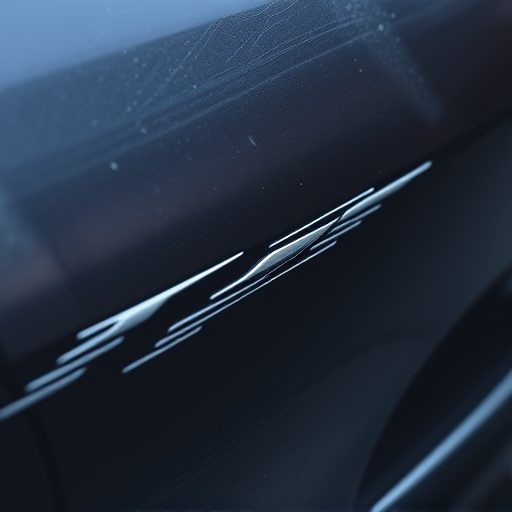
Precision in coupe collision repair relies on advanced tools like laser measuring and digital imagin…….
Welcome to an in-depth exploration of coupe collision repair, a specialized field within the automotive industry that focuses on restoring damaged coupes to their pre-accident condition. In today’s fast-paced world, where vehicle accidents are unfortunately common, efficient and effective collision repair is not just a service but a critical process that ensures road safety and preserves the value of vehicles. This article aims to guide you through the intricate world of coupe collision repair, covering various aspects from its fundamentals to future trends, empowering readers with knowledge about this essential industry.
Definition: Coupe collision repair is a specialized process that involves repairing and restoring sports cars or luxury coupes that have been involved in collisions. It requires a meticulous approach due to these vehicles’ unique design aesthetics, intricate mechanical systems, and often high-end materials.
Core Components: The primary objectives of coupe collision repair include:
Structural Repair: Ensuring the vehicle’s chassis and body panels are aligned correctly and structurally sound after an accident. This involves straightening bent metal, replacing damaged panels, and reassembling the vehicle to its original specifications.
Panel Replacement: High-end coupes often feature custom or specialized panels, making replacement a precise task. Technicians must match the paint finish, grain patterns, and other aesthetic details to maintain the vehicle’s originality.
Paint Restoration: Restoring the vehicle’s exterior paint job to its former condition is an art. This includes surface preparation, priming, painting, and clear coating to achieve a seamless, factory-like finish.
Mechanical Repairs: Apart from structural damage, coupes may also suffer mechanical failures during accidents. Repairing or replacing engines, transmissions, suspension systems, and other critical components is an integral part of the process.
Interior Refurbishment: The interior of a coupe is just as important as its exterior. This involves repairing or replacing seats, dashboards, door panels, and other interior trim while ensuring comfort and safety standards are met.
Historical Context: Coupe collision repair has evolved significantly over the years, driven by advancements in technology and an increasing demand for high-quality repairs. The post-World War II era saw a surge in automobile production, leading to more complex designs and higher restoration standards. As cars became more sophisticated, so did the techniques required to repair them. Today, with the rise of electric vehicles (EVs) and autonomous driving, collision repairers are adapting their practices to incorporate new technologies while maintaining traditional craftsmanship.
Coupe collision repair is a global industry, with every region contributing unique aspects to its development and practice. Here’s an overview of its international influence:
North America: The United States and Canada are known for their robust automotive repair infrastructure. Advanced technologies, such as computer-aided design (CAD) and robotic welding, are widely adopted in these regions, enabling precise repairs and efficient production.
Europe: European countries, particularly Germany and the UK, have a rich history of automotive manufacturing, which has fostered a highly skilled collision repair workforce. They are known for their stringent quality standards and innovative repair techniques, especially in vehicle body structuring.
Asia Pacific: Countries like Japan and South Korea have made significant strides in coupe collision repair, with a focus on precision and efficiency. The Asian market is characterized by a high density of vehicles per capita, leading to a robust demand for collision repair services.
Key Global Trends:
Adoption of Advanced Technologies: The industry worldwide is embracing new technologies like 3D scanning, laser alignment, and advanced paint matching systems to enhance precision and speed in repairs.
Sustainability Focus: With environmental concerns on the rise, collision repairers are incorporating eco-friendly practices, such as using recyclable materials, reducing waste, and adopting water-based paints to minimize environmental impact.
Specialized Training: There is an increasing emphasis on specialized training programs for technicians, ensuring they stay updated with the latest repair techniques and technologies.
The economic aspects of coupe collision repair are multifaceted, impacting both the industry and individual businesses.
Market Dynamics: The global collision repair market is highly competitive, with various players ranging from large, multi-franchised repair shops to independent, specialized workshops. Market trends indicate a steady growth rate, driven by rising vehicle ownership and stringent safety regulations.
Investment Patterns: Collision repair businesses invest heavily in equipment, training, and facility upgrades to stay ahead of the competition. According to a recent report, global spending on collision repair technology is projected to reach USD 4.5 billion by 2025, showcasing the industry’s commitment to technological advancement.
Economic Impact: Coupe collision repair contributes significantly to economic systems by supporting employment in the automotive sector, generating revenue for businesses, and facilitating faster return-to-service for vehicle owners.
Technological advancements play a pivotal role in shaping the future of coupe collision repair. Here are some significant innovations:
Computer-Aided Design (CAD) Software: CAD systems enable technicians to create precise 3D models of damaged vehicles, aiding in measurement, alignment, and repair planning. This technology ensures consistent and high-quality repairs.
Robotic Welding: Automated welding robots offer unparalleled precision and efficiency in metal fabrication. They can handle complex weld patterns, ensuring structural integrity and a factory-like finish.
Paintless Dent Repair (PDR): PDR is a non-paint repair technique used for minor dents and dings. It involves using specialized tools to massage the dent back into place without damaging the paint or requiring repainting. This method is faster, more cost-effective, and environmentally friendly.
Advanced Materials: Newer materials like composite plastics and lightweight metals are being incorporated into vehicle construction. Repairers must adapt to these materials, learning specialized techniques for their restoration.
Artificial Intelligence (AI) and Machine Learning: AI has the potential to revolutionize collision repair by automating repetitive tasks, improving paint matching accuracy, and predicting part failures. These technologies can enhance efficiency and reduce human error.
The collision repair industry is subject to various policies and regulations that govern its practices, ensuring safety, quality, and consumer protection.
Safety Standards: Organizations like the National Highway Traffic Safety Administration (NHTSA) in the US and similar bodies worldwide set safety standards for vehicle repairs. These standards dictate the minimum requirements for structural integrity, crashworthiness, and occupant protection during accidents.
Environmental Regulations: Collision repairers must comply with environmental laws regarding waste management, emissions control, and the proper disposal of hazardous materials, such as solvents and metals.
Consumer Protection Laws: These laws protect consumers from fraudulent practices, ensuring transparent pricing, quality workmanship, and accurate estimates during collision repair processes.
Training and Certification: Many countries require technicians to undergo specialized training and obtain certifications to perform collision repairs. This ensures a competent and skilled workforce capable of handling complex repairs.
Despite its advancements, the coupe collision repair industry faces several challenges and criticisms:
Skill Shortage: The demand for highly skilled technicians often exceeds supply, leading to staffing challenges. Addressing this issue requires focused training programs and incentives to attract and retain talent.
Costly Repairs: Complex repairs on high-end coupes can be expensive, raising concerns among customers about the affordability of quality repairs. Transparent pricing and flexible payment options can help mitigate this issue.
Environmental Concerns: Traditional collision repair practices have been criticized for generating significant waste and using harmful chemicals. Adopting eco-friendly technologies and processes is crucial to address these concerns.
Technology Integration: Keeping up with the latest technological advancements can be challenging for smaller repair shops, leading to a digital divide. Providing training resources and incentives for adopting new technologies can help bridge this gap.
Strategies for Overcoming Challenges:
Case Study 1: The Classic Car Revival
A small, family-owned shop in California specialized in restoring vintage sports cars. They faced a unique challenge when a client brought in a rare 1960s coupe with extensive damage from a tree branch impact. Using traditional techniques and custom-made parts, the team successfully restored the car to its former glory, attracting global attention for their craftsmanship. This case highlights the importance of heritage and specialized knowledge in collision repair.
Case Study 2: Tech-Driven Repair Revolution
A large automotive franchise in Germany implemented advanced CAD and robotic welding systems, revolutionizing their collision repair process. The new technology reduced repair times by 30% while maintaining high-quality standards. This case study demonstrates the significant impact of technological investments on efficiency and customer satisfaction.
Case Study 3: Eco-Friendly Transformation
A repair shop in Tokyo converted its operations to an eco-friendly model, adopting water-based paints, recyclable materials, and energy-efficient equipment. They successfully attracted environmentally conscious customers while reducing their carbon footprint. This case illustrates the growing demand for sustainable practices in collision repair.
The coupe collision repair industry is poised for growth and transformation, driven by emerging trends and technological advancements. Here’s a glimpse into its future:
Digital Transformation: The adoption of digital technologies, including cloud-based management systems and virtual reality (VR) for training, will become more widespread. These tools enhance efficiency, streamline operations, and provide immersive learning experiences.
Autonomous Repair Robots: As AI and robotics continue to advance, autonomous repair robots may play a significant role in the industry. They can handle routine tasks, increasing productivity while allowing technicians to focus on complex repairs.
Electric Vehicle (EV) Integration: With the rise of EVs, collision repairers will need to adapt their practices to accommodate these new vehicle types. Specialized training and equipment for EV repairs will be essential, considering the unique battery and electrical systems involved.
Personalized Repair Services: There will be a growing demand for customized repair solutions, catering to individual vehicle preferences and owner personalities. This trend may lead to more creative and unique restoration options.
Global Collaboration: The industry is expected to see increased global collaboration, with best practices and technologies shared across regions. International partnerships can drive innovation and improve the overall standard of collision repair worldwide.
Coupe collision repair is not just a service; it’s a complex and critical process that ensures road safety, preserves vehicle value, and contributes to economic growth. From its intricate techniques to technological advancements, this industry has come a long way. As we look ahead, the future promises exciting possibilities with innovations in technology, sustainability, and personalized services.
By embracing global collaboration, adopting advanced technologies, and addressing challenges head-on, the coupe collision repair industry will continue to evolve, ensuring that damaged coupes are restored to their original splendor while meeting the ever-changing demands of the automotive landscape.
Q: How do I know if a collision repair shop is reputable?
A: Look for certifications, such as ASE (Automotive Service Excellence) or I-CAR (Inter-Industry Training Committee) credentials, which ensure technicians are well-trained. Check online reviews, ask for references, and verify their warranty policies to gauge their reputation.
Q: What should I do if my insurance company recommends a specific repair shop?
A: While insurance companies often have preferred shops, it’s still your right to choose. Compare estimates from multiple shops, consider their reputation, and select the one that best suits your needs and budget.
Q: Are there any environmental benefits to using original equipment manufacturer (OEM) parts for repairs?
A: Yes, OEM parts are designed specifically for a vehicle make and model, ensuring optimal fit and performance. Using them can reduce waste and potential compatibility issues compared to aftermarket parts.
Q: How can I get my damaged coupe restored while keeping costs low?
A: Compare repair estimates from different shops, ask for detailed breakdowns of costs, and consider non-OEM parts if budget constraints are a concern. However, always prioritize quality and safety over cost.
Q: What role does training play in ensuring high-quality collision repairs?
A: Comprehensive training equips technicians with the skills to handle complex repairs accurately. It ensures consistency in repair techniques, leading to better outcomes and customer satisfaction.

Precision in coupe collision repair relies on advanced tools like laser measuring and digital imagin…….
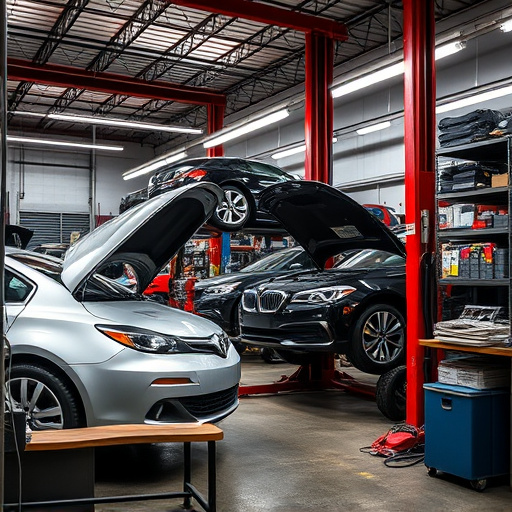
By 2025, coupe collision repair will be transformed by advanced robotics and digital design software…….
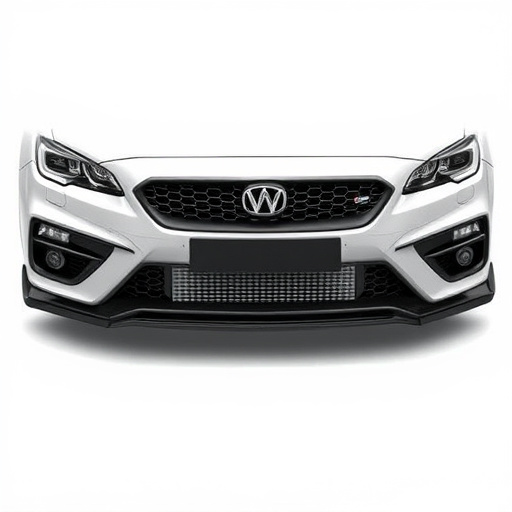
Coupe collision repair involves thorough damage assessment using specialized tools and training to i…….
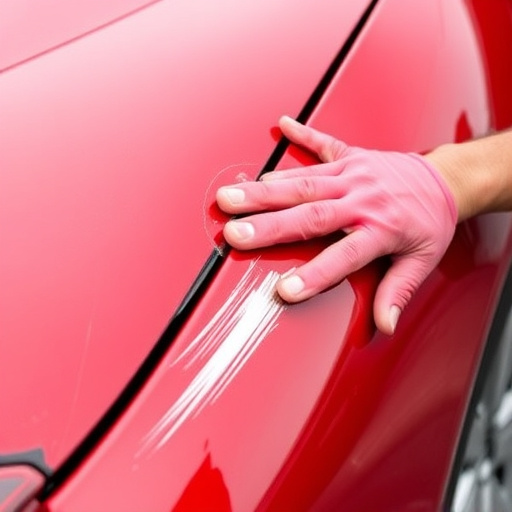
Coupe collision repair demands specialized knowledge and tools for their unique dynamics. Technician…….

Coupe collision repair demands advanced skills in panel replacement, alignment, and finish matching…….
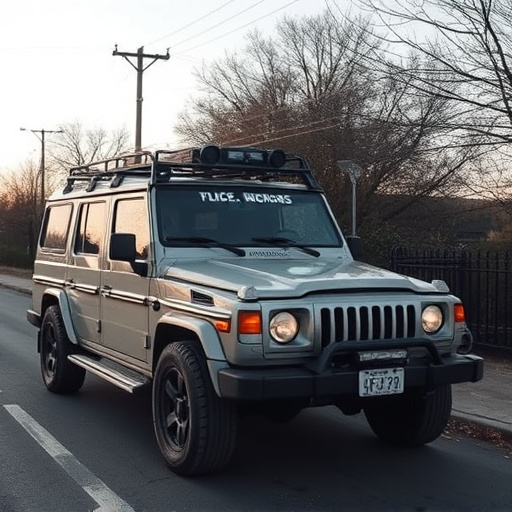
Timely coupe collision repair is vital for safety, preserving vehicle value and performance. Skilled…….
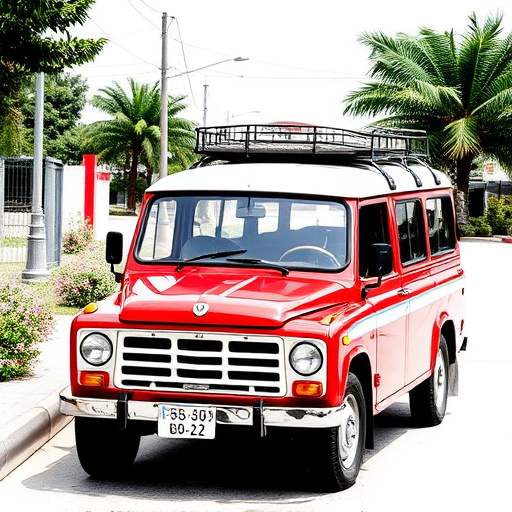
Coupe collision repair specializes in restoring low-roofline vehicles with intricate designs, addres…….
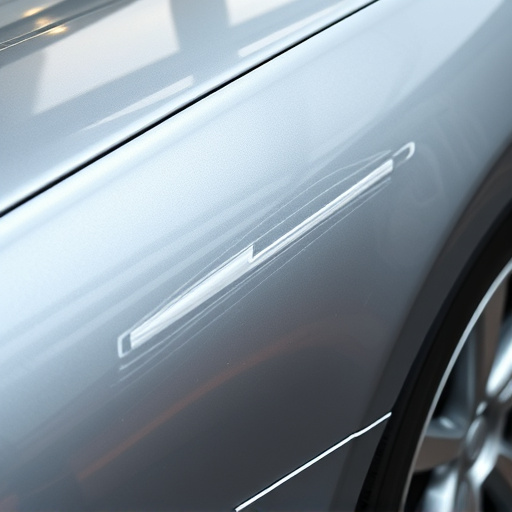
Evaluating damage is crucial in coupe collision repair, encompassing exterior and interior assessmen…….
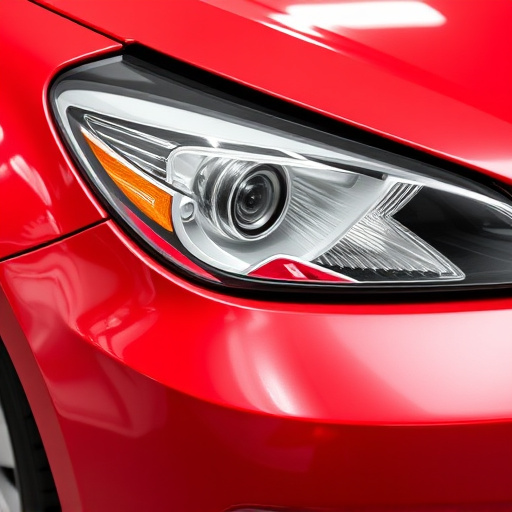
Coupe collision repair involves a multi-step process from external dent repair to internal structura…….